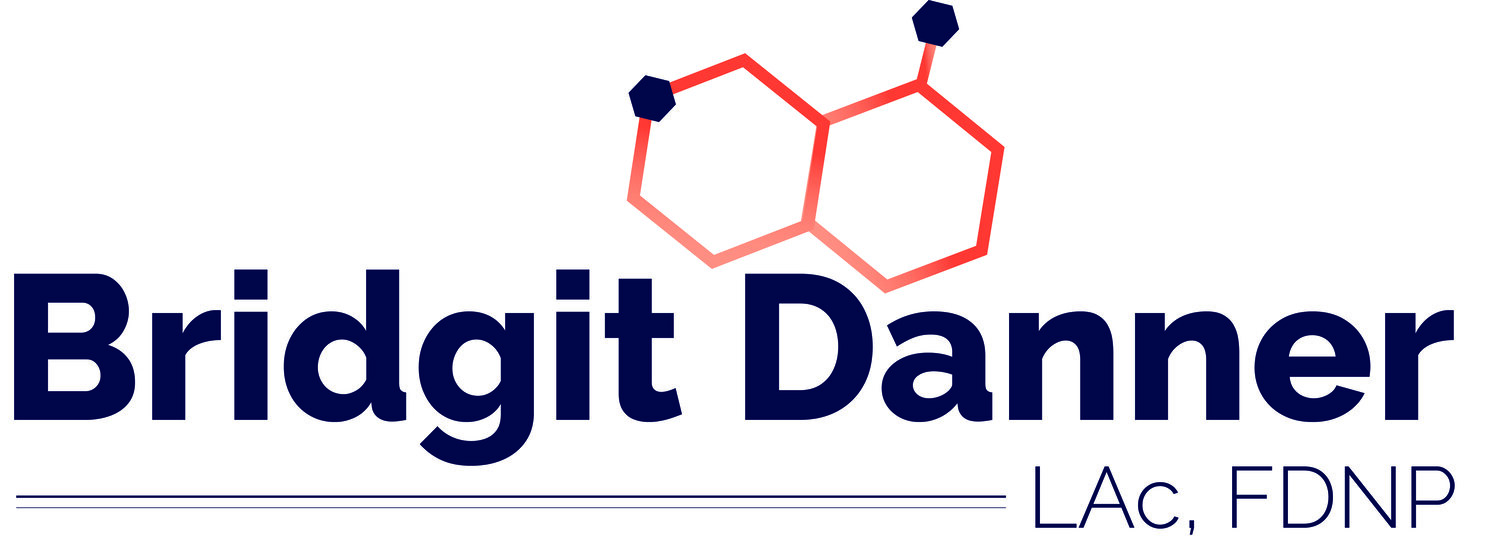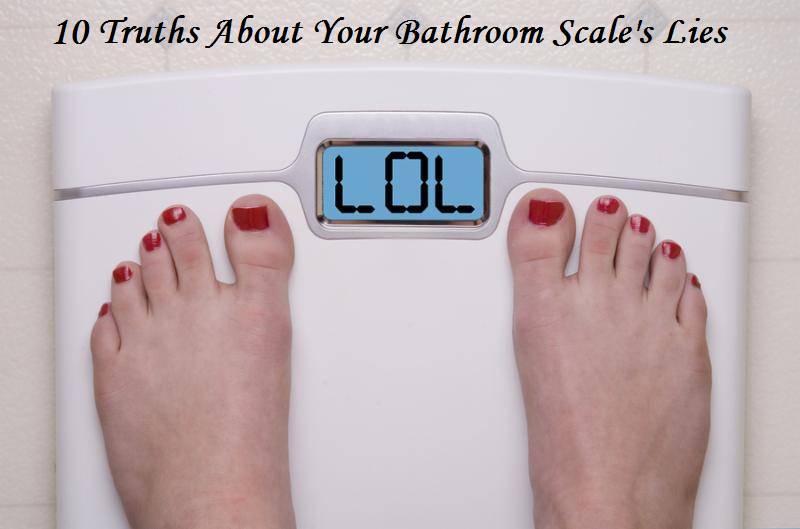According to the US Department of Health and Human Services, 1 out of every 160 pregnancies in the United States ends in stillbirth. Of these, First Candle.org highlights that more than 50% are full term and occur in otherwise healthy, low-risk pregnancies. To many this is a staggering statistic but to the mother of a stillborn child it is a sobering reality.
On New Years Day 2014 it became my reality. During a perfectly healthy pregnancy full of plant-based whole foods, plenty of exercise and daily meditation, my daughter’s heart stopped at 40 weeks and three days gestation; a heartbreaking three days past her due date.
In my work as a fitness director for a local country club, clients were constantly telling me how easy my labor would be. While visiting my OB GYN at 40 weeks I was congratulated by the nurse practitioner for being one of the healthiest pregnant women she had ever seen. Though it might seem like I am bragging, I assure you that any hubris surrounding my pregnancy dissipated the moment the fetal doppler fell silent.
“After learning my baby had died, all motherly effort expended over those nine long months seemed fruitless.”
Despite my best efforts the outcome was worse than any I could have imagined and I was left devastated and disillusioned. After 52 hours in labor and a very difficult delivery I realized the healthy measures taken during pregnancy could serve a greater purpose. I would need all the strength I could muster to physically and emotionally navigate the rough waters I was unwillingly pushed into, especially over the next several months. Many of the tools I had acquired as a fitness professional proved valuable. However, yoga was, and continues to be, my life raft.
Recovery from Stillbirth
Postpartum, the delivery of a stillborn is dramatically different than the delivery of a living child. The stresses of any new mother are manifold, but those of the grieving mother are much darker and less understood. Instead of learning how to breastfeed and sending out birth announcements, I was focused on stopping the flow of my milk and making funeral arrangements. This trying time was made all the more difficult by dramatic hormonal shifts. For many mothers this is a veritable recipe for postpartum depression. In fact, the Massachusetts General Hospital for Women’s Mental Health tells us the risk of postpartum depression is four times greater for the mother of a stillborn than the mother of a living baby.
While there is still much to be learned in the world of women’s health and hormones, the value of exercise is one of the few things most experts agree on. I was fortunate to have exercise so integrated into my life that it naturally became my main coping mechanism, my first instinct being to run as fast and push as hard as I could. The emotions were strong and so was my urge to fight against them. After a few weeks of fight or flight motivated movement I was sleeping poorly, exhausted, and no closer to feeling better than when I began.
“Yoga is a unique form of exercise in that many postures are specifically designed to subtly massage certain glands, which may in turn help balance endocrine function.”
Being a yoga instructor I did practice yoga daily but often at 3am as a substitute for sleep. During these late night/early morning practices it became apparent that although running was a great distraction, yoga was where the real healing happened. My practice brought me face to face with the feelings I was trying so hard to avoid which eventually led to feeling less anger and more compassion towards my body. By increasing time on the mat and simultaneously easing up on more vigorous workouts my body gradually shifted back towards balance. Intuitively I knew yoga helped but it was not until later that I realized how much of this was attributed to the positive effect it had on my wildly shifting hormones.
Many of these hormone-balancing poses are simple, safe, and can be performed at any fitness level. Even more encouraging is that, when practiced consistently, yoga strengthens the activation of the parasympathetic nervous system, promoting feelings of relaxation and proper adrenal function.
This enhanced relaxation response can partly be attributed to yoga raising gamma-aminobutyric acid (GABA) levels in the brain, a key factor in alleviating feelings of anxiety and depression. I felt powerless when, 5 months after the stillbirth of my daughter, my period had not yet returned. The doctor wanted to write me a prescription but I declined. Instead I relied on a combination of good nutrition, adaptogenic herbs, and yoga. The following month my cycle returned to normal and three months after that I conceived a son.
I encourage anyone in the midst of the difficult process of healing from stillbirth to seek out yoga. Even a short practice in the comfort of your own home can have a dramatic impact on hormonal balance and overall quality of life. By channeling the nurturance I would have lavished my daughter inward I was able to connect with a part of me that needed recognition in order to move forward.
While one never really “gets over” the loss of a child I believe it is truly possible for loss to be a gateway to greater care and compassion. After my experience I doubted I would be able to wholeheartedly promote exercise again. To my surprise I found the doorway to my heart was through my body, and yoga was the key.
FOUND THIS INTERESTING?
Laura Devine, 200 hr RYT, NASM CPT
Read more here https://getfitlit.com/































